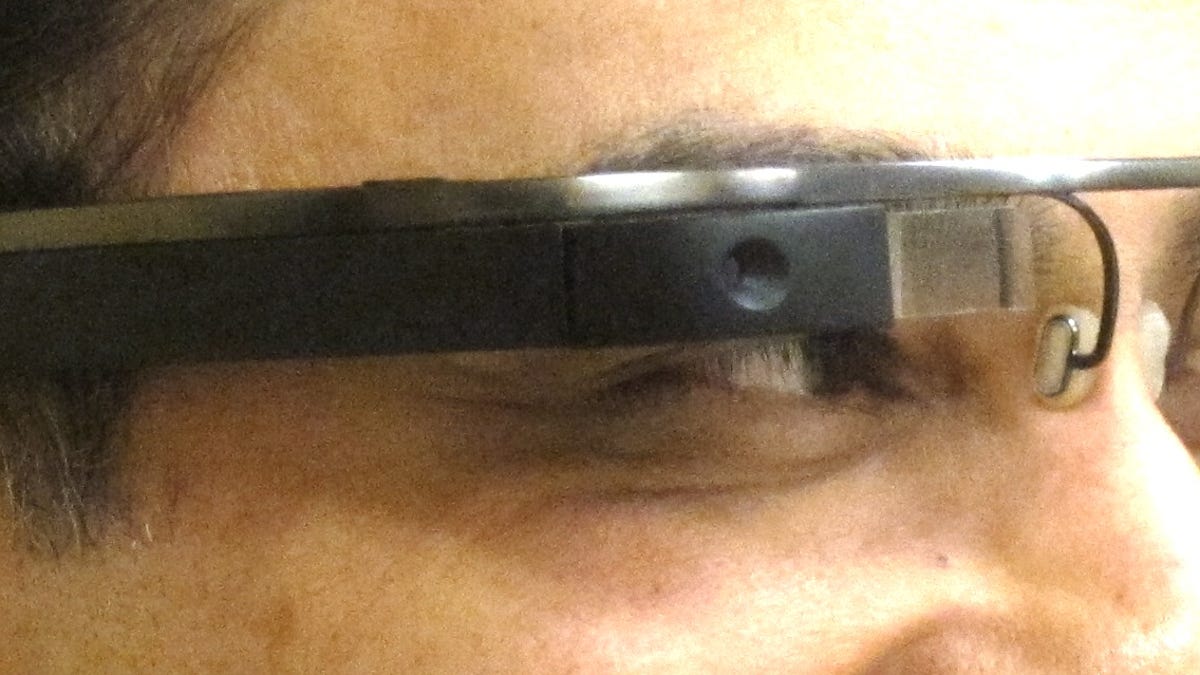No Terminator-style overlays in first batch of Google Glasses
Google's initial glasses to only lightly augment your reality. Thank goodness.

You know what sucks about visiting Google? Seeing the Google Glasses but not being able to try them yourself. Thanks a lot, Vic.
But we are, slowly, learning more about this project. In particular, the prototypes that are appearing in the field, on TV, and in tantalizing interviews with online journalists are not capable of displaying the full-on, in-your-face type of augmented reality that 15 million people have seen in Google's demo video (and all the spoofs).
While Google+ chief Vic Gundotra didn't say much about the Glasses during an interview this morning, a later discussion with another spokesperson confirmed that the popular prototype model, as seen on Gundotra as well as Google X Lab founder Sebastian Thrun in a Charlie Rose interview, shows information above the wearer's usual line of sight, "about where the edge of an umbrella might be."
"It's still too early to know what the functions and UI will be," I'm told, but apparently it's the "simple interactions that are making people the most excited." These simple options include photo sharing; Thrun is already posting photos from his Glasses on the team's Google+ page.
While Google Glasses are appearing on the heads of Googlers now in public view, it will likely still be awhile before the public has access to the technology. Attendees to the Google I/O conference in late June are unlikely to be given Glasses.
Reducing the interface from the full-view concept in the demo video to a more subtle above-the-view line makes sense from both a technological and consumer adoption perspective. Simply showing small snippets of information based on the user's general location and direction is easier than trying to overlay data in the user's main visual space, where graphics need to interlace more precisely with reality.
And, frankly, we may not be ready to walk around with our reality being augmented. We'll get there eventually, but showing indicators and cues adjacent to what we're looking at is likely a necessary first step. Think more automotive heads-up display than full-on fighter pilot augmented vision helmet. Probably just as well.

